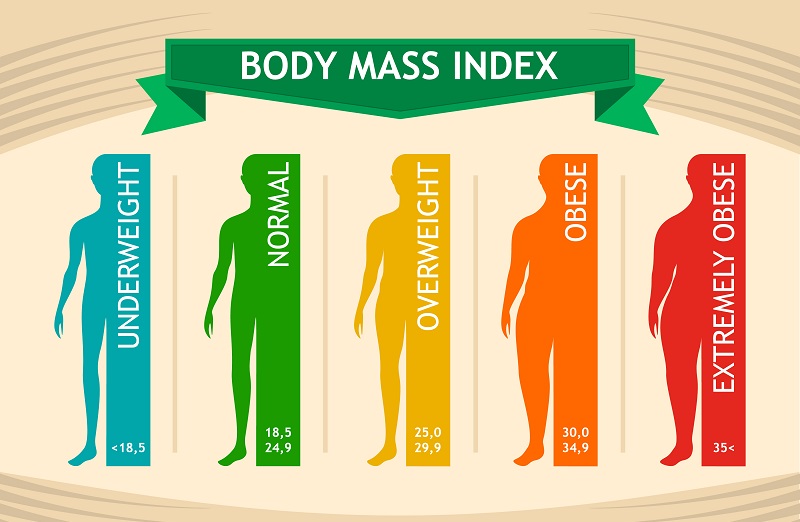Are you overweight? Take the test 🤾♂️

There are two standardized methods to measure whether someone is obese or not: the Body Mass Index (BMI) and the Waist to Height Ratio (WHtR).
BMI = Body Mass Index
BMI is very easy to calculate:
- Find your height in meters (m) and your weight in Kilograms (kg)
- Divide your weight by your height.
- Divide the result from step one by your height again.
- The final result is your BMI.
For example, if your weight is 90Kg and your height is 1.7m then the steps will be as follow:
- Divide 90 by 1.7 = 52
- Divide 52 by 1.7 = 30
Interpretation
- If your BMI is less than 18.5 then you are underweight.
- If your BMI is between 18.5 and 25 then you are normal.
- If your BMI is between 25 and 30 then you are overweight.
- If your BMI is more than 30 then you are obese.
For those too lazy to do the calculations, you may refer to the chart below.


WHtR = Waist To Height Ratio
Much of the criticism to BMI is that it doesn't take into consideration the
Someone with a lot of muscles might have a high BMI but be fit and healthy.
To address this issue, another test has been devised, Waist to Height Ratio. It is simply the division of the waist by the height of the person.
In the chart below, pinpoint your waist and height to find into which category you belong.

Together, the BMI and WHtR can give an accurate representation of a person's fitness level.
If your BMI and WHtR are both in the same category (Underweight, overweight, Normal, Obese) then the results are about 95% correct.
If your BMI and WHtR are in different categories, then further tests are required.
While these two methods are recognized by the World Health Organization (WHO), their interpretations are not absolute.
Please note that obesity is only one of many indicators of good health.
Fat percentage is a more accurate indicator, but it is more difficult to measure.

























